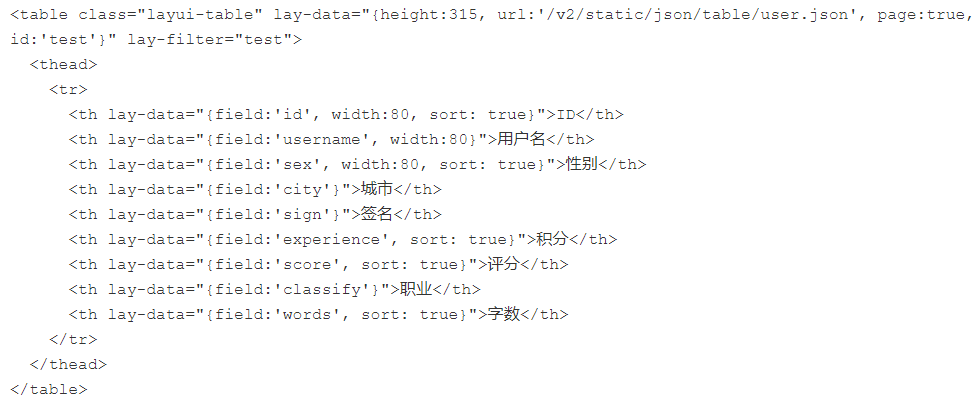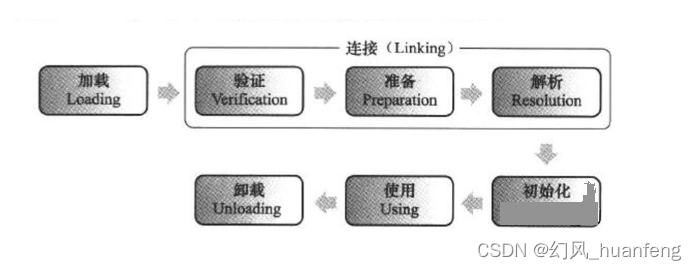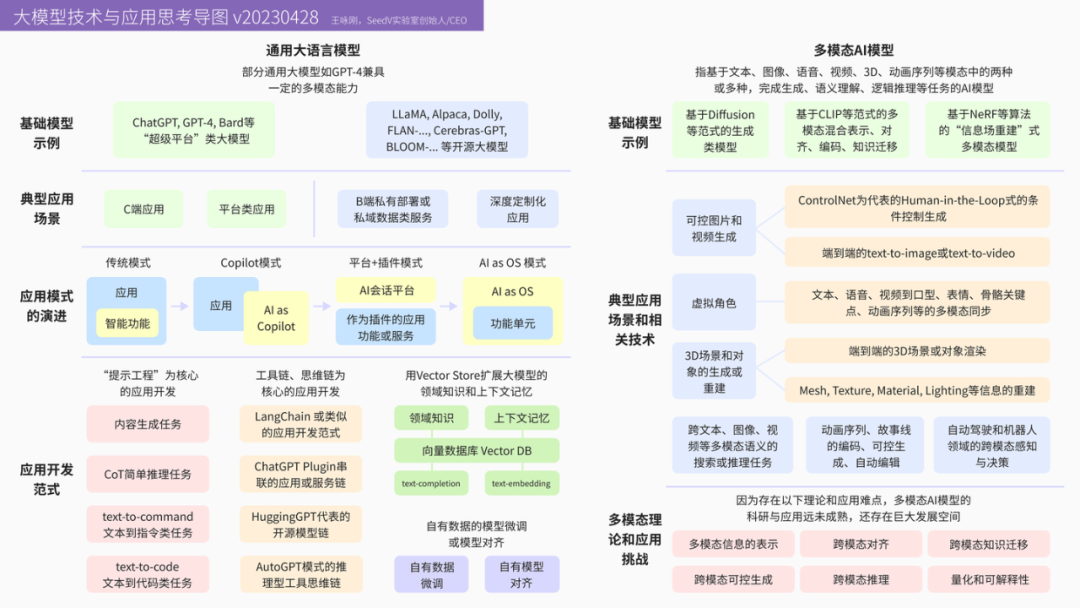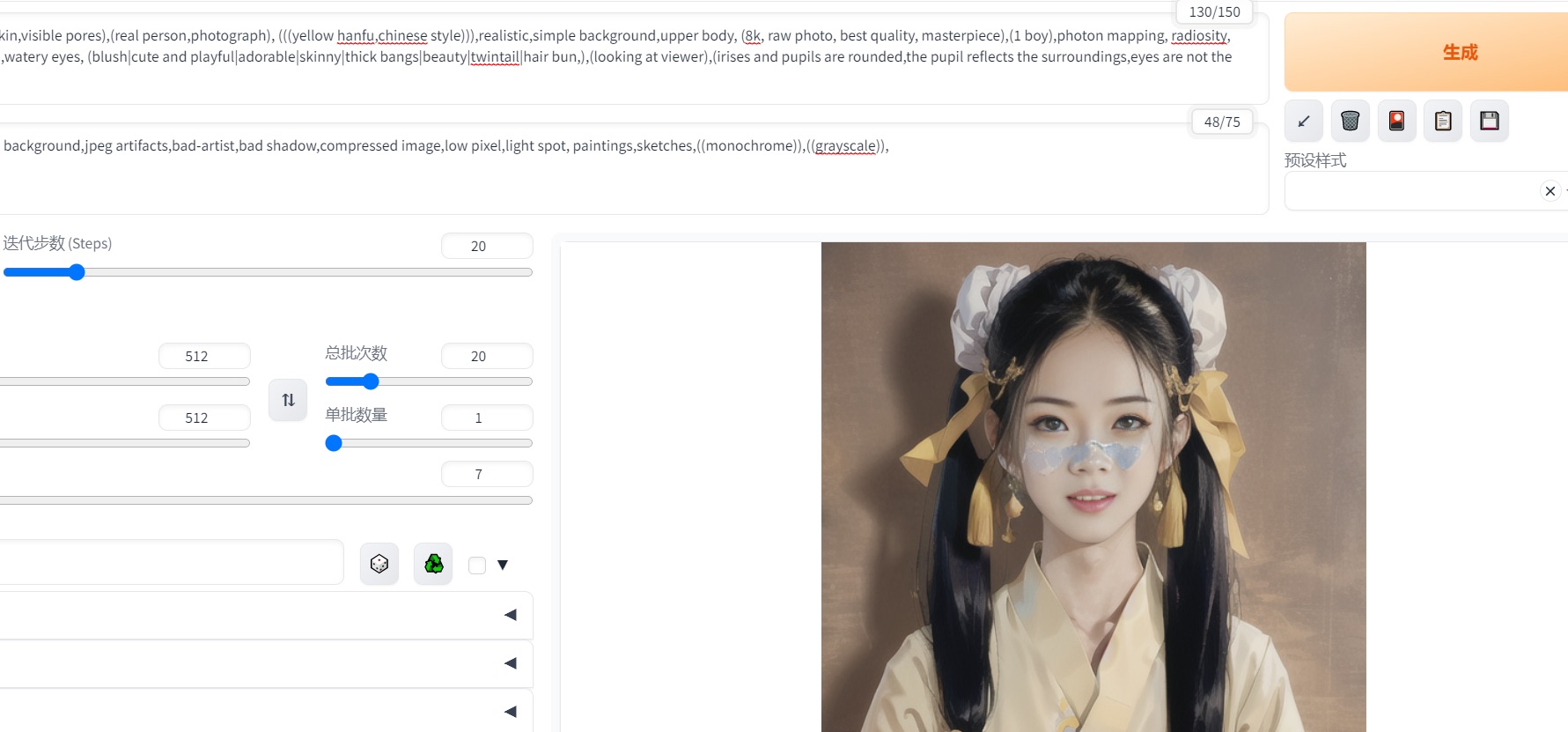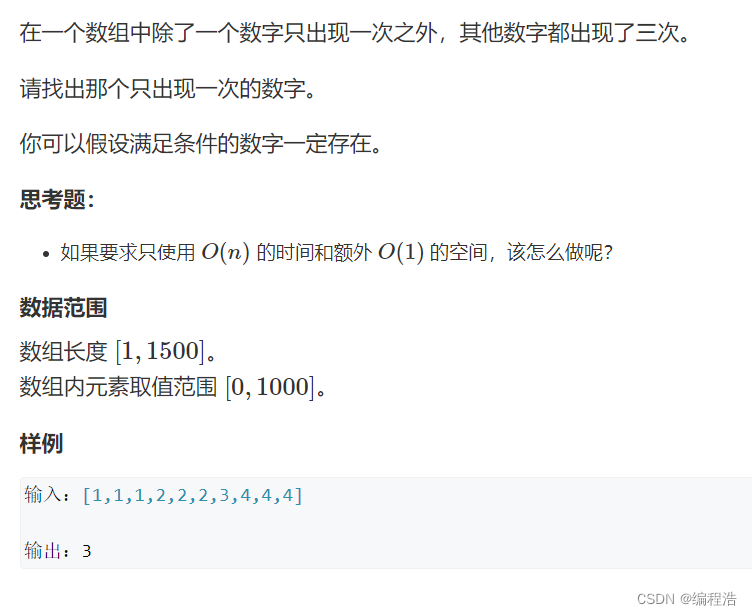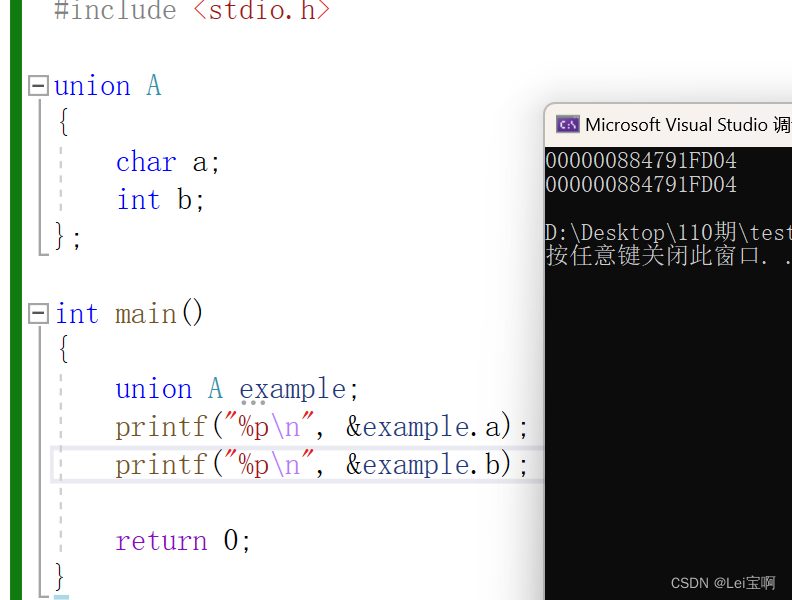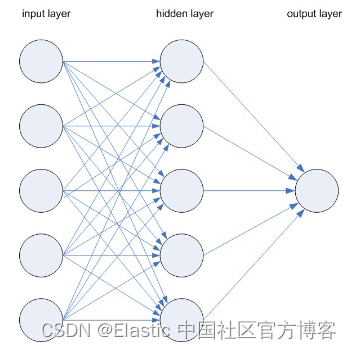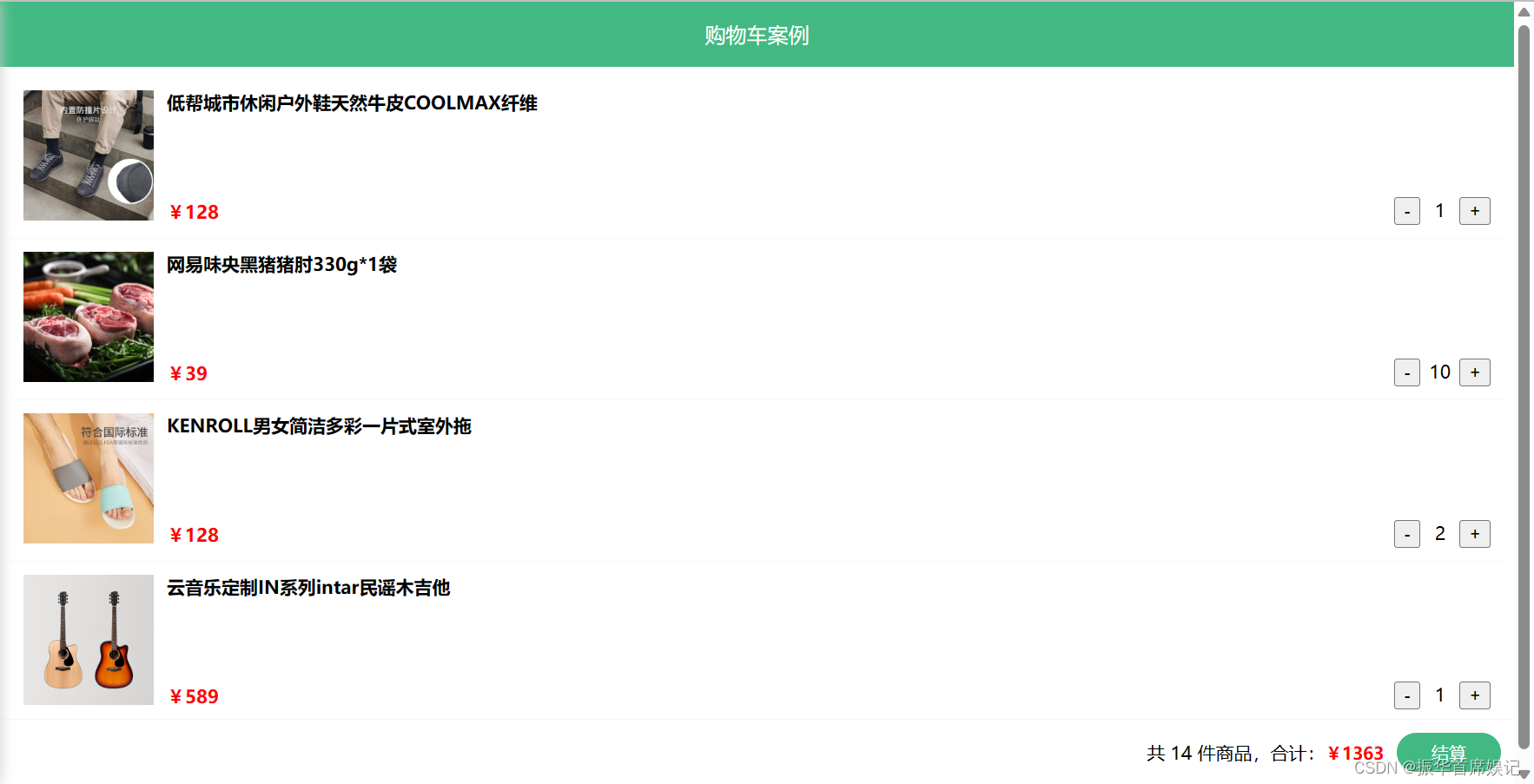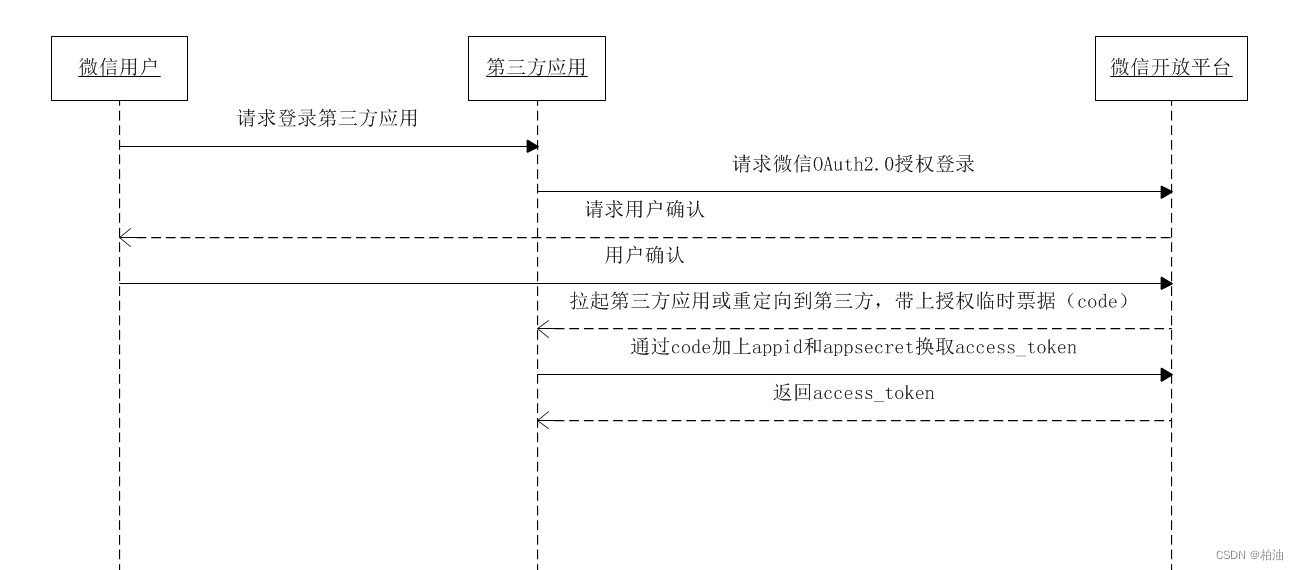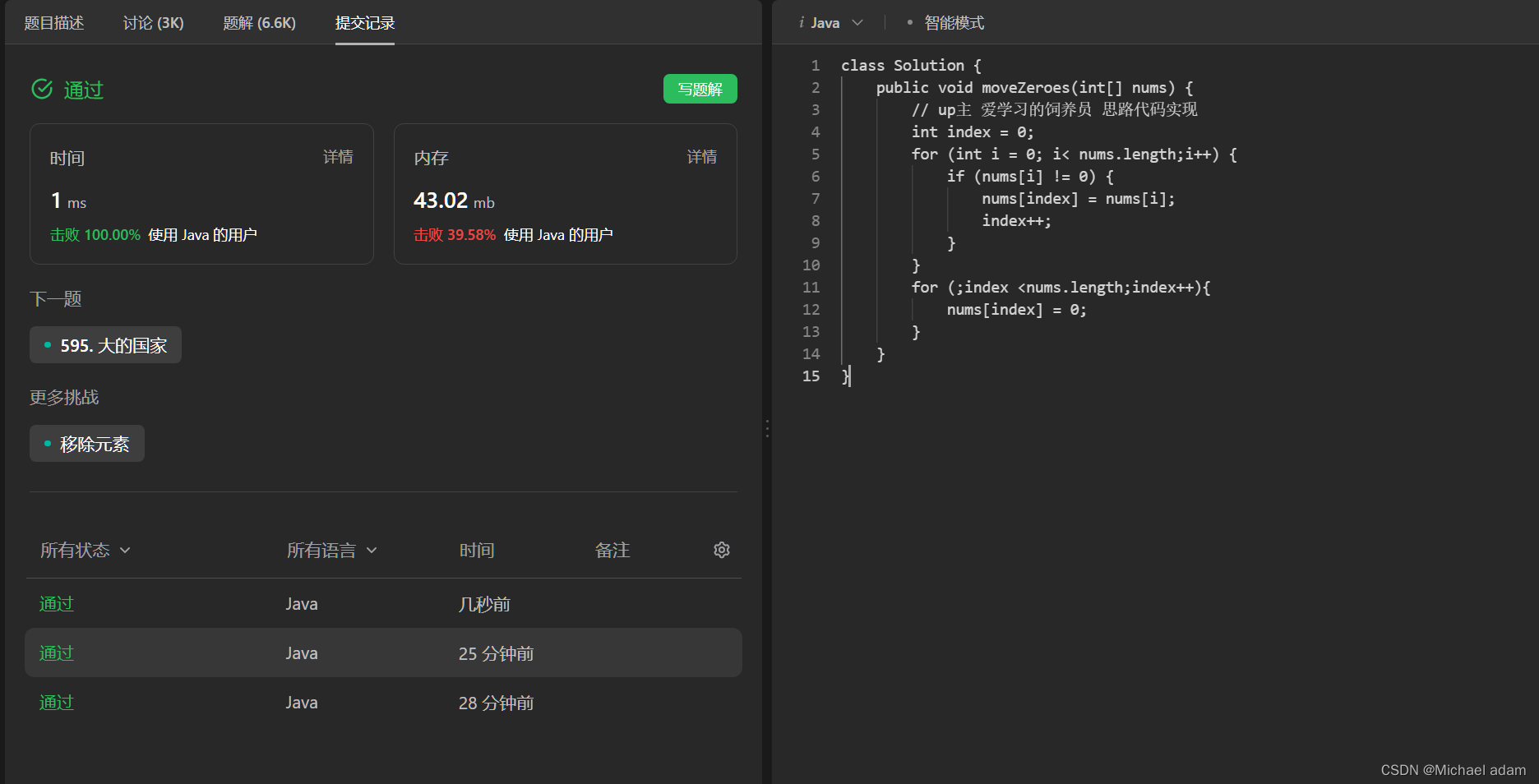
🐌个人主页: 🐌 叶落闲庭
💨我的专栏:💨
c语言
数据结构
javaweb
石可破也,而不可夺坚;丹可磨也,而不可夺赤。
Spring配置文件和容器相关
- 一、加载properties文件
- 1.1加载单个properties文件
- 1.2加载多个properties文件
- 1.3加载properties文件小结
- 二、容器
- 2.1创建容器
- 2.1.1加载类路径下的配置文件
- 2.1.2从文件系统下加载配置文件(了解)
- 2.1.3加载多个配置文件
- 2.2获取bean
- 2.2.1类型强转
- 2.2.2多个参数
- 2.2.3按类型获取
- 总结
一、加载properties文件
1.1加载单个properties文件
- properties文件:
jdbc.properties
jdbc.driver=com.mysql.jdbc.Driver
jdbc.url=jdbc:mysql://127.0.0.1:3306/mybatis
jdbc.username=root
jdbc.password=123456
- 1.开启context命名空间
<?xml version="1.0" encoding="UTF-8"?>
<beans xmlns="http://www.springframework.org/schema/beans"
xmlns:xsi="http://www.w3.org/2001/XMLSchema-instance"
xmlns:context="http://www.springframework.org/schema/context"
xsi:schemaLocation="
http://www.springframework.org/schema/beans
http://www.springframework.org/schema/beans/spring-beans.xsd
http://www.springframework.org/schema/context
http://www.springframework.org/schema/context/spring-context.xsd
">
</beans>
- 2.使用context命名空间,加载指定properties文件
<context:property-placeholder location="jdbc.properties"/><context:property-placeholder location="jdbc.properties"/>
- 3.使用属性占位符
${}读取properties文件中的属性
<bean class="com.alibaba.druid.pool.DruidDataSource">
<property name="driverClassName" value="${jdbc.driver}"/>
<property name="url" value="${jdbc.url}"/>
<property name="username" value="${jdbc.username}"/>
<property name="password" value="${jdbc.password}"/>
</bean>

1.2加载多个properties文件
- properties文件1:
jdbc.properties
jdbc.driver=com.mysql.jdbc.Driver
jdbc.url=jdbc:mysql://127.0.0.1:3306/mybatis
jdbc.username=root
jdbc.password=123456
- properties文件2:
jdbc2.properties
username=zhangsan
- 2.使用context命名空间,加载指定properties文件
<!--1.开启context命名空间-->
<!--2.使用context空间加载properties文件-->
<context:property-placeholder location="jdbc.properties,jdbc2.properties" system-properties-mode="NEVER"/>
<!--spring加载配置文件-->
<!--3.使用属性占位符${}读取properties文件中的属性-->
<bean class="com.alibaba.druid.pool.DruidDataSource">
<property name="driverClassName" value="${jdbc.driver}"/>
<property name="url" value="${jdbc.url}"/>
<property name="username" value="${jdbc.username}"/>
<property name="password" value="${jdbc.password}"/>
</bean>
<bean id="bookDao" class="com.practice.dao.impl.BookDaoImpl">
<property name="name" value="${jdbc.username}"/>
<property name="name2" value="${username}"/>
</bean>

- 3.最理想的方式,使用
*.properties即表示加载所有properties文件
<context:property-placeholder location="classpath*:*.properties" system-properties-mode="NEVER"/>
1.3加载properties文件小结
- 不加载系统属性
<context:property-placeholder location="jdbc.properties" system-properties-mode="NEVER"/>
- 加载多个properties文件
<context:property-placeholder location="jdbc.properties,jdbc2.properties"/>
- 加载所有properties文件
<context:property-placeholder location="*.properties"/>
- 加载properties文件标准格式
<context:property-placeholder location="classpath:*.properties"/>
- 从类路径或jar包搜索并加载properties文件
<context:property-placeholder location="classpath*:*.properties"/>
二、容器
2.1创建容器
2.1.1加载类路径下的配置文件
public class App {
public static void main(String[] args) {
ApplicationContext act = new ClassPathXmlApplicationContext("applicationContext.xml");
BookDao bookDao = (BookDao) act.getBean("bookDao");
bookDao.save2();
}
}

2.1.2从文件系统下加载配置文件(了解)
public class App {
public static void main(String[] args) {
//从文件系统下加载配置文件,参数为配置文件的绝对路径
ApplicationContext act = new FileSystemXmlApplicationContext("D:\\storage\\java_practice\\spring-7-30\\src\\main\\resources\\applicationContext.xml");
BookDao bookDao = (BookDao) act.getBean("bookDao");
bookDao.save2();
}
}
2.1.3加载多个配置文件
ApplicationContext act = new ClassPathXmlApplicationContext("bean1.xml","bean2.xml");
2.2获取bean
2.2.1类型强转
BookDao bookDao = (BookDao) act.getBean("bookDao");
2.2.2多个参数
BookDao bookDao = act.getBean("bookDao",BookDao.class);
2.2.3按类型获取
- 对应的bean中此类型只能有一个
BookDao bookDao = act.getBean(BookDao.class);
总结
关于Spring的加载配置文件、容器和获取bean的方式大概就这么多,欢迎各位小伙伴点赞+关注!!!


